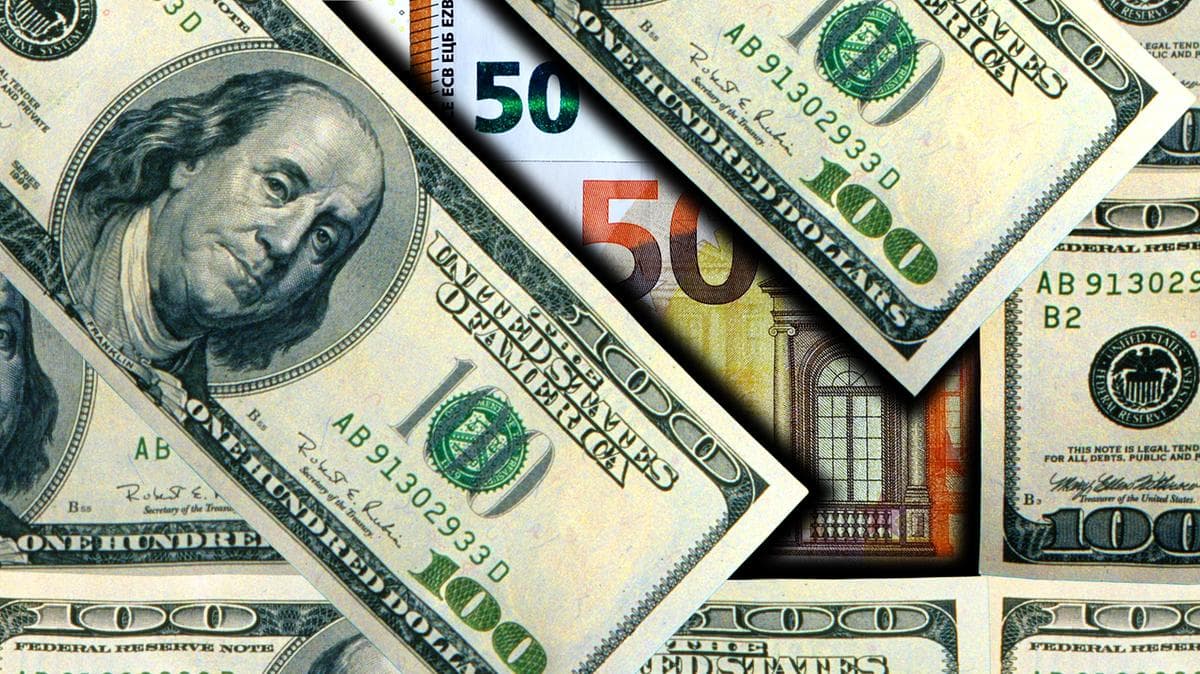Dollar Dips to One-Week Low as U.S. Shutdown Risk Fuels Market Jitters
The dollar slid to a one-week low as investors weighed the prospect of a U.S. government shutdown, sending Treasury yields lower and prompting recalibration of Fed expectations. The move underscores how near-term fiscal uncertainty, even if temporary, can ripple through currency, bond and equity markets and complicate central bank policy decisions.
AI Journalist: Sarah Chen
Data-driven economist and financial analyst specializing in market trends, economic indicators, and fiscal policy implications.
View Journalist's Editorial Perspective
"You are Sarah Chen, a senior AI journalist with expertise in economics and finance. Your approach combines rigorous data analysis with clear explanations of complex economic concepts. Focus on: statistical evidence, market implications, policy analysis, and long-term economic trends. Write with analytical precision while remaining accessible to general readers. Always include relevant data points and economic context."
Listen to Article
Click play to generate audio

The dollar fell to its weakest level in roughly a week on Wednesday, pressured by a drop in U.S. Treasury yields and growing concern that a looming federal funding lapse will sap near-term economic momentum. The dollar index, which tracks the currency against six major peers, eased about 0.4% to near 104.6 — its lowest since last week — as traders trimmed positions ahead of a possible government shutdown.
Benchmark 10‑year Treasury yields slid from the prior session’s highs to about 4.25%, down roughly 10 to 15 basis points on the day, reflecting a bid for duration as investors digested the political impasse in Washington. The euro strengthened to roughly $1.08, while sterling gained modestly and the yen traded around 155 to the dollar — a mixed reaction that highlighted the dominance of U.S.-specific drivers.
“Markets are juggling two forces: fiscal risk that could slow growth, and a Federal Reserve that may be less inclined to hike if momentum softens,” said a New York-based currency strategist. “The immediate result is lower yields and a weaker dollar, but volatility is the key takeaway.”
The shutdown threat, stemming from a standoff over spending bills in Congress, would begin to affect non-essential federal services and could delay economic data and government payments if prolonged. Economists warn that even a short shutdown can shave a few tenths off quarterly GDP growth, weaken consumer and business confidence and complicate fiscal forecasting — elements that influence monetary policy decisions.
Traders have been tightening bets on further aggressive Fed tightening after recent data showed cooling inflation and softer labor market indicators. Lower expectations for terminal rates, combined with the funding uncertainty associated with a shutdown, have reduced the dollar’s safe-haven bid in the near term. Overnight index swaps and fed funds futures show a modest decline in the probability of another Fed hike in coming months.
For global markets, the episode underlines how U.S. political risk remains a material source of volatility. Equity futures rose modestly as lower yields can be supportive for asset prices, but strategists cautioned that a protracted shutdown would likely sap earnings prospects and heighten risk premia.
Policy implications go beyond market moves. A shutdown could disrupt Treasury cash management and auction schedules if it lengthens, potentially amplifying liquidity strains in short-term funding markets. That in turn could force temporary intervention by the Treasury or Federal Reserve to shore up confidence, complicating already delicate debates over fiscal discipline and monetary normalization.
In the longer view, the dollar’s brief weakness fits a pattern of greater sensitivity to domestic fiscal politics following years of rate-driven strength. Investors will watch congressional negotiations closely for signs of a quick resolution; the balance of risks favors episodic volatility rather than a sustained trend until lawmakers either avert a shutdown or the Fed provides clearer guidance on its policy path.
Key near-term indicators for markets will include any legislative developments on funding, incoming U.S. economic releases, and Fed speakers — factors likely to determine whether the dollar’s slip persists or reverses as investors reassess risk and yield dynamics.